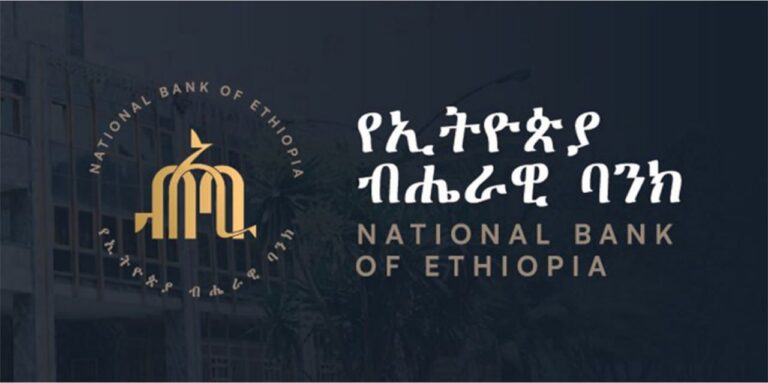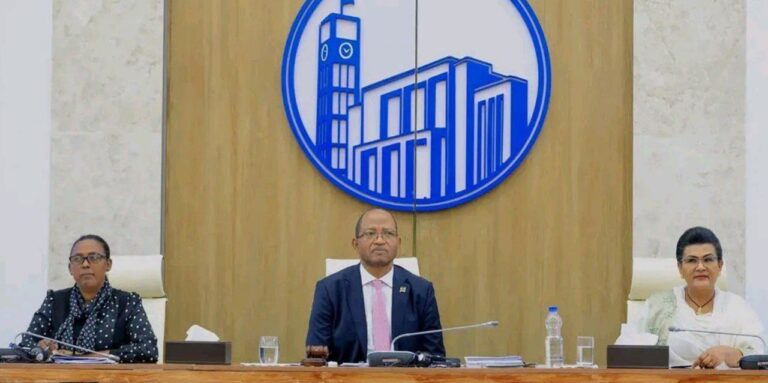The government’s growing reliance on domestic and external loans continues to shape the nation’s fiscal landscape, as authorities grapple with rising debt repayments and the need to finance critical infrastructure and social programs.
According to the latest official reports and financial disclosures, the government’s total outstanding debt has reached new highs, reflecting both increased borrowing from international partners and a greater dependence on domestic sources. Analysts warn that while loans have supported key investments in energy, transport, and health, the mounting debt burden poses risks to long-term economic stability.
The Ministry of Finance’s recent statements show that the government’s external debt stock has grown steadily over the past year, driven by disbursements from multilateral lenders such as the World Bank, African Development Bank, and bilateral partners including China and France. Domestic borrowing has also increased, with the government issuing treasury bills and bonds to cover budget deficits and support public sector spending.
As of June 2025, the total public debt is estimated to exceed $38 billion, with external loans accounting for over 60% of the total. Debt servicing costs—interest and principal repayments—have risen sharply, now consuming a significant share of government revenues.
Officials acknowledge that debt sustainability is a growing concern. The government has faced challenges in generating sufficient export earnings and tax revenues to keep pace with repayment obligations. Recent currency depreciation and global economic volatility have further complicated the outlook, making it more expensive to service foreign-denominated loans.
The International Monetary Fund (IMF) and World Bank have both urged the government to strengthen fiscal discipline, improve revenue collection, and prioritize concessional borrowing to avoid a debt crisis. “Ethiopia’s debt remains at high risk of distress,” the IMF noted in its latest review, calling for “decisive policy actions to restore macroeconomic stability and safeguard debt sustainability.”
Despite these concerns, government officials defend the use of loans as necessary for development. Major infrastructure projects—including new roads, railways, power plants, and industrial parks—have been financed through a mix of concessional and commercial loans. These investments, authorities argue, are essential for job creation, economic diversification, and poverty reduction.
However, critics point out that delays, cost overruns, and inefficiencies in project implementation have sometimes undermined the expected benefits. There are also concerns about the transparency of loan agreements and the terms attached, particularly with non-traditional lenders.
The government has pledged to improve debt management practices, enhance transparency, and seek debt restructuring where possible. Efforts are underway to renegotiate some loan terms, extend maturities, and secure grants or highly concessional financing to ease repayment pressures.







